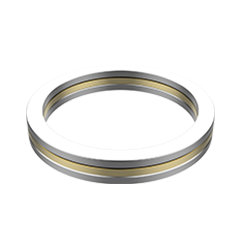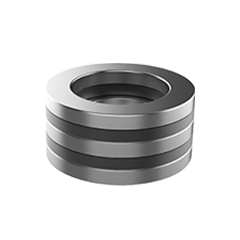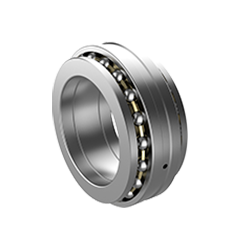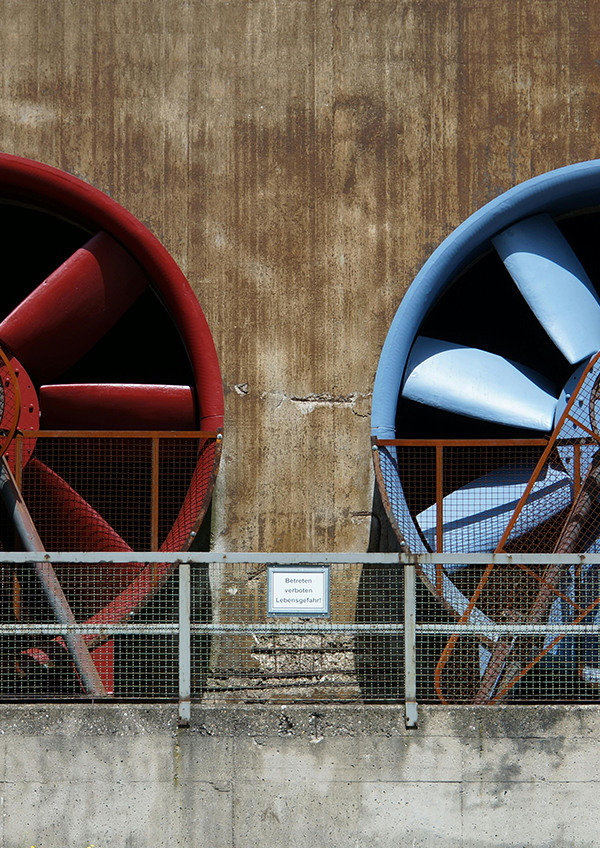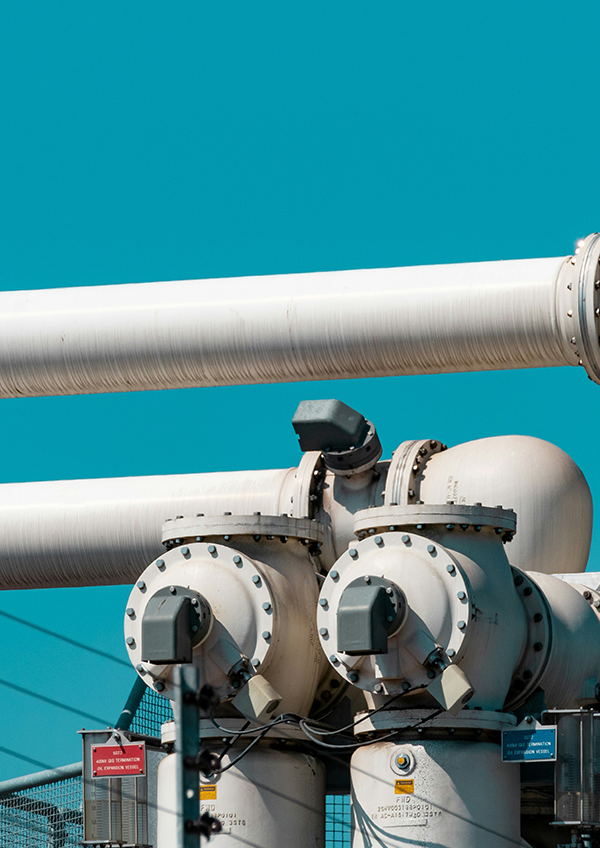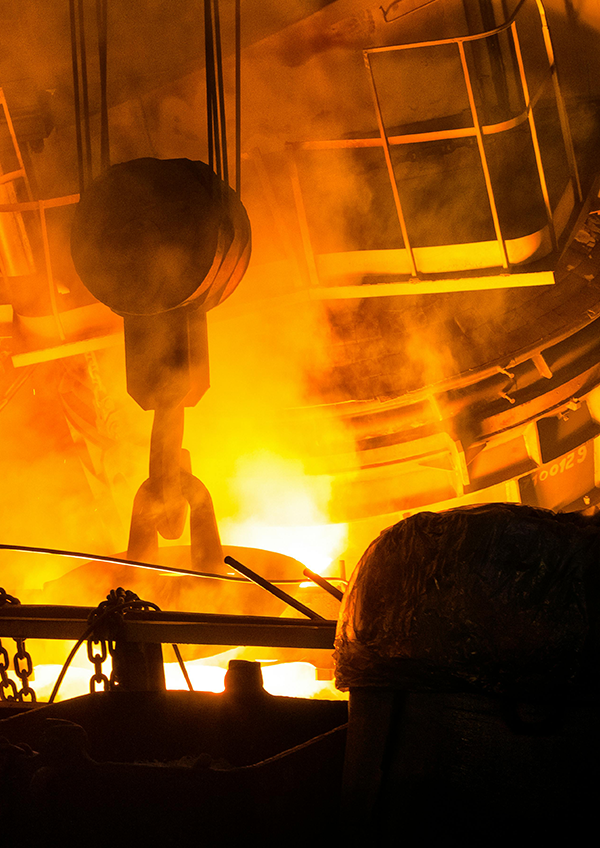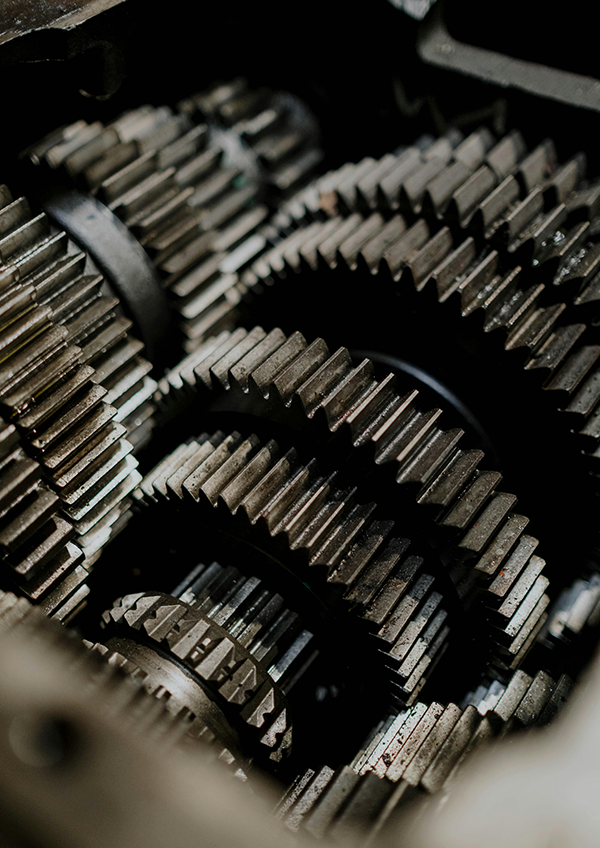Thrust Ball Bearing vs Radial Ball Bearing
The direction of carrying bearing loads is different. A thrust ball bearing is mainly used to bear axial load, and the direction of load is the same as the axial direction of the rotating shaft. The radial ball bearing is mainly used to bear radial load, and the direction of the load is perpendicular to the axial direction of the rotating shaft.
Among the subdivision types of thrust ball bearings, there are also thrust angular contact ball bearings that can bear radial loads, which can bear part of the radial load while mainly bearing the axial load. Among the subdivision types of radial ball bearings, there are angular contact ball bearings that can withstand a certain axial load while mainly carrying radial loads.
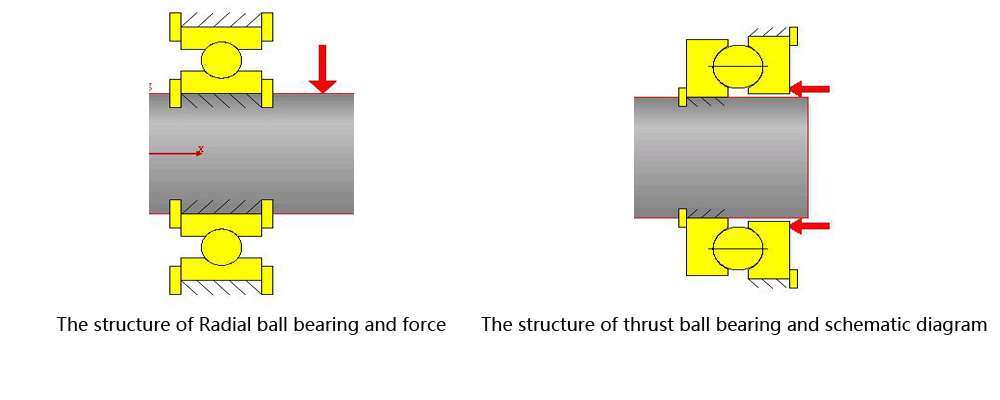
What is A Thrust Ball Bearing
-
Composition
Thrust ball bearings can withstand thrust loads that are dominated by axial loads, and they are mainly composed of a shaft washer (matched with the shaft) and a seat ring (matched with the bearing housing) with an R-shaped ring raceway, as well as steel balls and cage components.
-
Importance
For occasions where there is a need for aligning, a structure with an aligning seat can also be used to compensate for installation errors caused by shaft misalignment.
-
Classification and Functionality
Thrust ball bearings can be divided into single direction thrust ball bearings, double-direction thrust ball bearings, angular contact thrust ball bearings, thrust ball bearings with spherical seat, and other forms. Single direction and double-direction thrust ball bearings can withstand one-way or two-way axial force, and angular contact thrust ball bearings can withstand not only a certain radial force but also the axial force. Thrust ball bearings with spherical seats can have a certain self-aligning function to eliminate installation errors caused by shaft misalignment.

 English
English français
français Deutsch
Deutsch italiano
italiano
